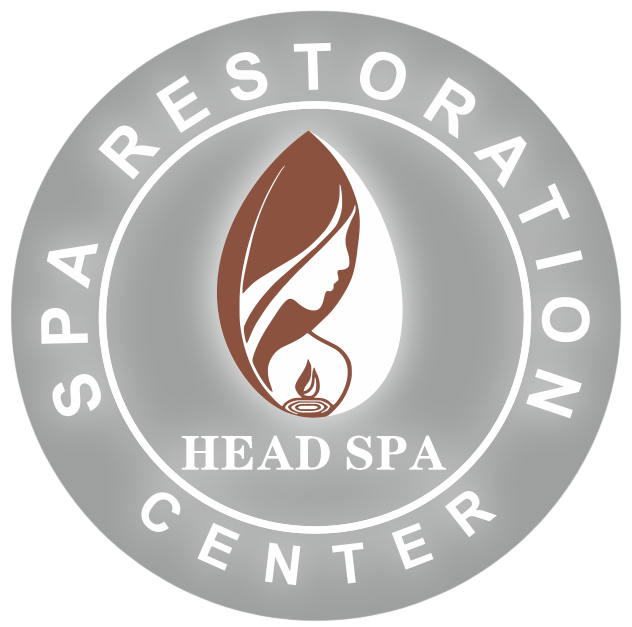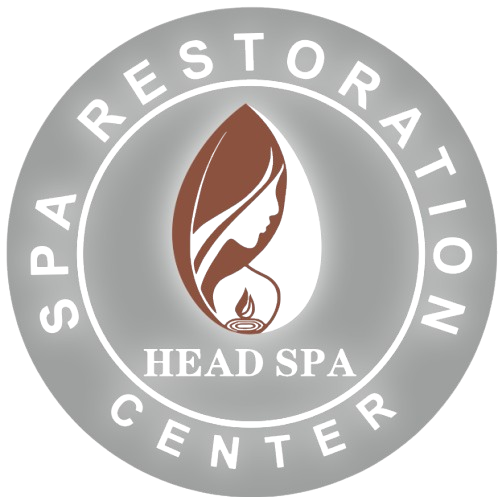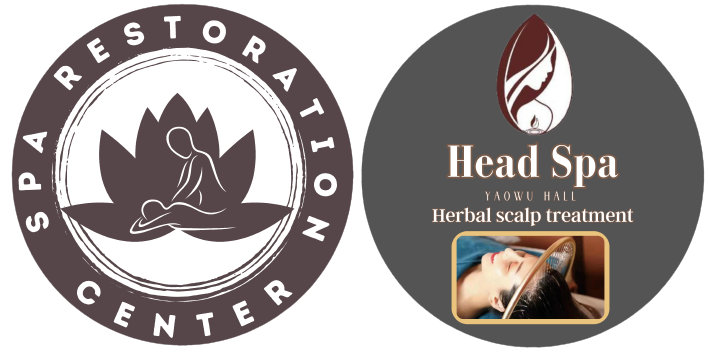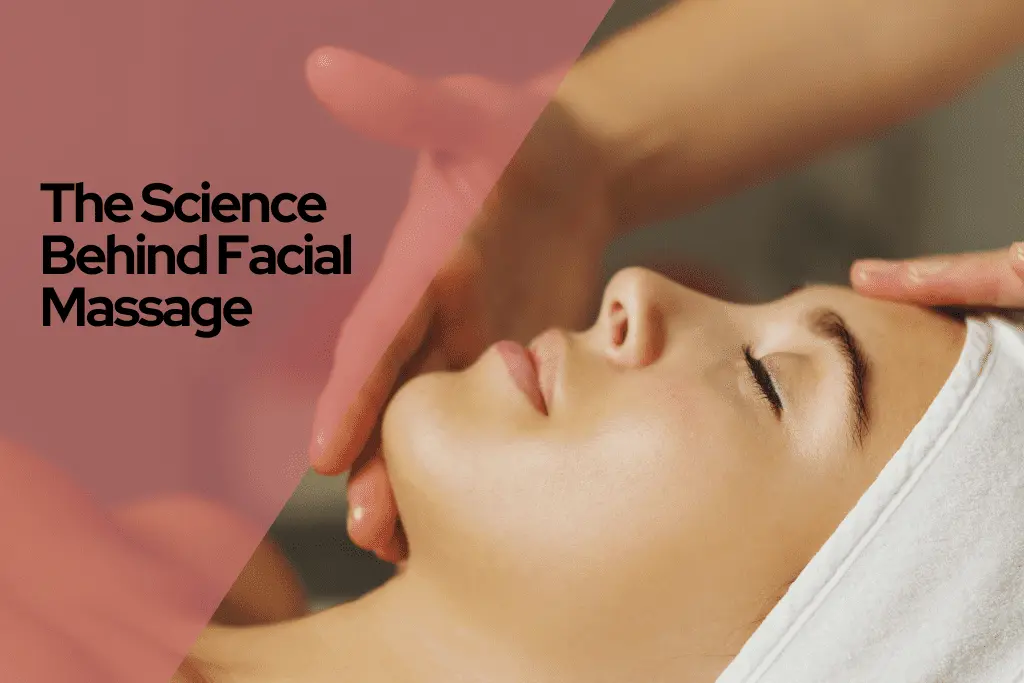
The Science Behind Facial Massage: Does It Really Work?
Ever wished there was a magic trick to younger-looking skin? Facial massage, an age-old practice making a comeback, might be your answer! But before you book your first appointment, let’s get real about the science behind it.
We’ll explore the different types of facial massage, from techniques that invigorate your lymphatic system to calming Swedish strokes. Then, we’ll peek into a typical session, showing you the massage therapist’s moves and the pressure points they target.
But does science back up all the claims about facial massage? We’ll separate fact from fiction, investigating if it really boosts circulation and collagen production as many believe.
Feeling intrigued? We’ll give you tips on prepping for your first facial massage, so you can relax and enjoy the experience.
And lastly, the million-dollar question: can facial massage actually reshape your face? We’ll explore the evidence and set realistic expectations for this natural approach to skincare.
What Is Facial Massage
Facial massage, an age-old practice that’s recently regained popularity, involves applying pressure and strokes to your face and neck. Imagine it as a workout for your skin, aiming to boost circulation, ease tension, and leave you with a brighter, more youthful appearance.
There are various techniques, each with its own focus: lymphatic drainage uses gentle strokes to encourage your body’s natural detoxification system, reducing puffiness. Swedish massage, similar to what you might get on your back, uses relaxing strokes to improve circulation and ease facial tension.
Acupressure facial massage goes beyond the skin, targeting pressure points believed to be linked to other areas of your body, aiming for a holistic approach to well-being alongside improved skin health. These are just a few examples, with many other specialized techniques available to cater to your specific needs.
Types Of Facial Massage
Facial massage is not only relaxing but also offers many benefits for your skin. Here are some popular types of facial massage that you can consider:
- Swedish Facial Massage: This gentle massage uses soft, circular motions to improve blood flow and give your skin a healthy glow.
- Lymphatic Drainage Massage: With light, rhythmic strokes, this massage helps remove toxins and reduce swelling in the face, making your facial contours more defined.
- Acupressure Facial Massage: This technique taps into specific points on the face to help relieve sinus pressure, improve circulation, and tighten the skin.
- Aromatherapy Facial Massage: Using essential oils, this massage relaxes and rejuvenates the skin, with each oil offering unique benefits like calming or revitalizing effects.
- Gua Sha: This East Asian method uses a smooth stone to gently scrape the skin, easing muscle tension and promoting drainage to refresh the skin.
- Myofascial Release: This approach focuses on relaxing the connective tissues in your face, easing stress in the muscles, improving elasticity, and smoothing out lines.
- Japanese Facial Massage: This ancient technique combines various strokes and lymphatic drainage to rejuvenate the skin, enhance elasticity, and lift facial features.
- Reflexology Facial Massage: Targets reflex points on the face that correspond to different body organs, improving overall health and energy flow.
Each type of facial massage offers unique benefits, from smoothing skin texture to reducing aging signs. Depending on what your skin needs, you might find one type more beneficial than others.
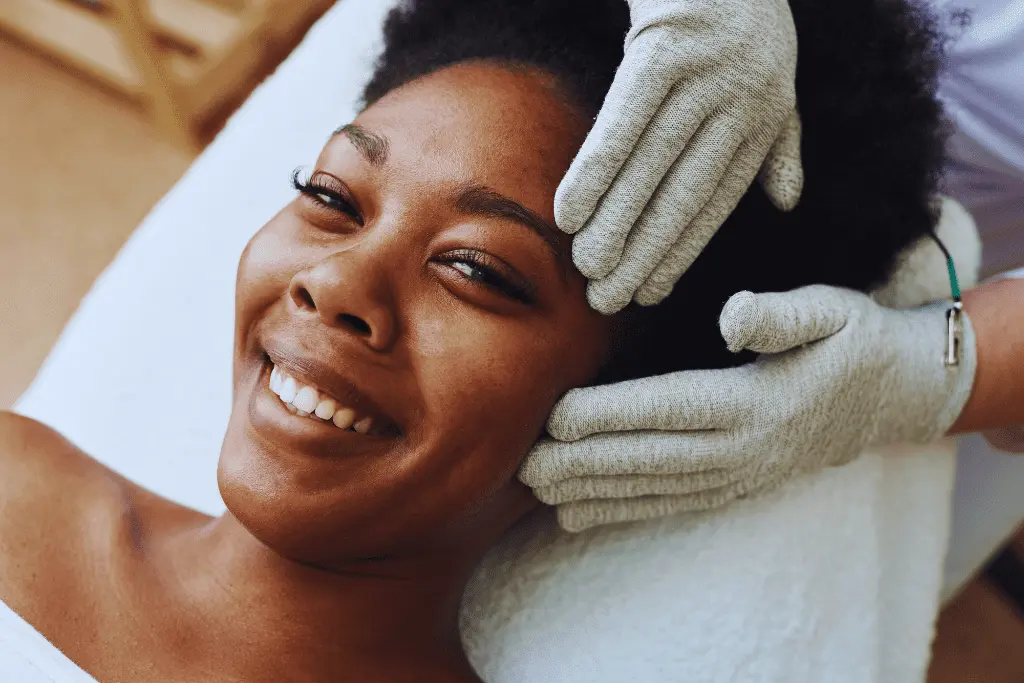
What Happens During A Facial Massage
A typical facial massage session at a spa or salon can be a relaxing and rejuvenating experience. Here’s a glimpse into what you might expect:
Consultation
Before the massage begins, the therapist will likely chat with you about your skin concerns, goals for the treatment, and any allergies or sensitivities you might have. This helps them tailor the message to your specific needs.
Cleansing
The therapist will thoroughly cleanse your face to remove any makeup, dirt, or oil. This ensures a smooth canvas for the massage and helps the product they use penetrate better.
Preparation
Depending on the chosen technique, the therapist might apply a massage oil or lotion to your face and neck. This helps create a smoother glide and prevents pulling on your skin.
The Massage
Now comes the fun part! The therapist will use specific strokes and pressure points based on the chosen technique. For example, lymphatic drainage massage uses light, sweeping motions toward the lymph nodes, while Swedish massage might incorporate kneading and gliding strokes. The therapist will likely focus on areas like your forehead, temples, cheeks, jawline, and neck.
Relaxation
Throughout the massage, the therapist will maintain a gentle pressure and focus on creating a relaxing experience. You can simply close your eyes, breathe deeply, and enjoy the soothing sensation.
Finishing Touches
Once the massage is complete, the therapist will likely remove any excess oil or lotion and might apply a moisturizer or hydrating mask to further pamper your skin.
The entire session typically lasts between 30 to 60 minutes, depending on the spa and the specific technique used.
The Basic Science Behind A Face Massage
Face massages are more than just a luxurious spa treatment; they offer numerous benefits backed by science. Here’s a look at the basic science behind facial massages and how they can enhance your skin health and overall wellbeing:
Increased Blood Circulation
Facial massages stimulate blood flow to the skin. Improved circulation brings more oxygen and nutrients to the skin cells, which can help your skin look bright and nourished. This increased blood flow also helps in collagen production, which is crucial for maintaining skin elasticity and preventing wrinkles.
Lymphatic Drainage
The lymphatic system helps remove waste and toxins from the bodily tissues, and the face has several lymph nodes. Gentle massaging helps to stimulate these nodes, enhancing the body’s natural detoxification process and reducing puffiness and swelling in the face.
Relaxation Of Muscles
Just like massages for the body, facial massages help relax tense muscles. This can alleviate stress and reduce the appearance of stress-related aging such as fine lines and expression lines. For those who suffer from TMJ disorders or frequent tension headaches, regular facial massages can help ease these symptoms.
Stimulation Of Acupressure Points
Facial massages often involve the stimulation of acupressure points which are believed to be connected to various parts of the body. By targeting these points, facial massages can influence the functioning of different body systems, promoting overall health and well-being.
Enhanced Product Absorption
Applying gentle pressure and massaging the face during the application of skincare products can improve the absorption of these products. This ensures that the active ingredients in your skincare regimen penetrate deeper into the skin, making them more effective.
Reduction Of Cortisol
Massage helps in reducing the levels of cortisol, a stress hormone, in the body. Lower cortisol levels can lead to improved immune function, reduced stress, and a more balanced hormonal profile, which in turn can improve the overall health and appearance of the skin.
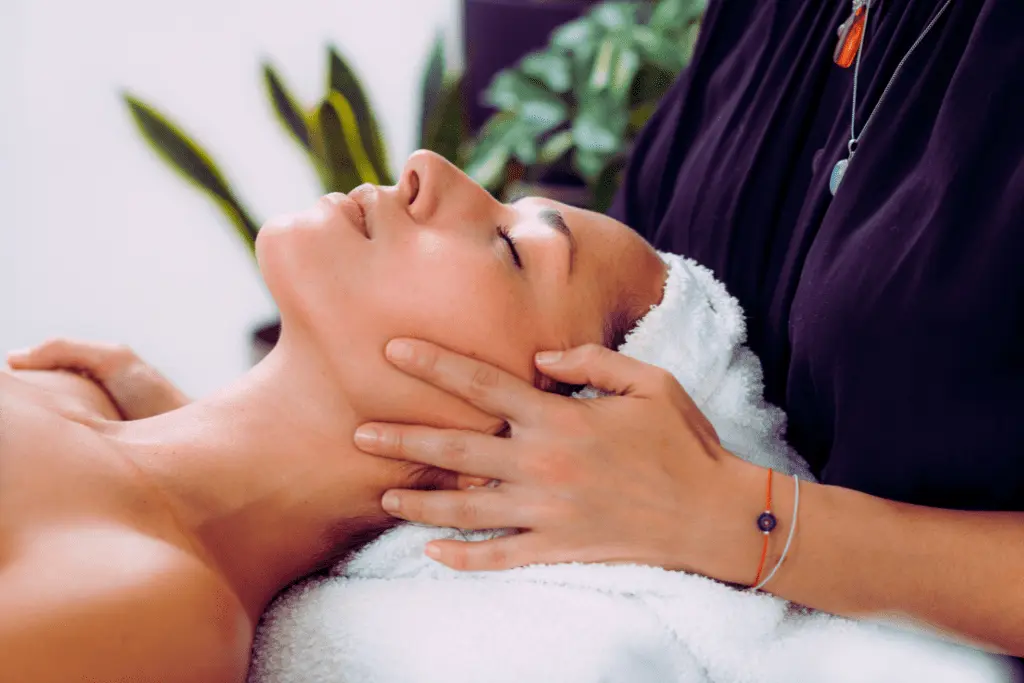
How To Prepare For Facial Massage
A facial massage is a delightful way to unwind and potentially boost your skin’s health. But before you dive into pure relaxation, here are some simple steps to prepare for a truly enjoyable experience:
- Cleanse your face: Before your facial massage, make sure to cleanse your face thoroughly to remove any makeup, dirt, or impurities from your skin. Use a gentle cleanser suitable for your skin type.
- Remove contact lenses: If you wear contact lenses, remove them before the massage to avoid any discomfort or potential damage to your eyes during the treatment.
- Tie back your hair: If you have long hair, tie it back or use a headband to keep it out of your face during the massage. This will prevent your hair from getting in the way or becoming a distraction.
- Communicate any concerns: Inform your massage therapist or esthetician about any skin conditions, allergies, or areas of concern you may have. This will help them tailor the massage techniques and products accordingly.
- Arrive early: Plan to arrive at least 10-15 minutes before your scheduled appointment time. This will give you time to fill out any necessary paperwork, use the restroom, and relax before your massage.
- Remove jewelry: Take off any jewelry, such as earrings, necklaces, or bracelets, to avoid discomfort or potential damage during the massage.
- Hydrate: Drink plenty of water before your facial massage to ensure your skin is well-hydrated and better able to absorb any products used during the treatment.
- Avoid caffeine and alcohol: It’s best to avoid consuming caffeine or alcohol before your facial massage, as these substances can dehydrate your skin and potentially interfere with the massage’s benefits.
- Relax: Take a few deep breaths and try to relax your mind and body before the massage begins. This will help you get the most out of the experience and enhance the benefits of the treatment.
Benefits Of Facial Massage
Facial massage isn’t just a feel-good pampering session; it offers a surprising range of potential benefits for your skin and overall well-being. Here’s a breakdown of some key advantages:
- Brighter Complexion: Facial massage may improve circulation, bringing more oxygen and nutrients to skin cells for a radiant glow.
- Stress Relief and Reduced Wrinkles: By easing muscle tension, facial massage can help you relax and potentially reduce the appearance of wrinkles caused by frowning or furrowing.
- Reduced Puffiness: Techniques like lymphatic drainage massage may stimulate the lymphatic system to reduce puffiness and fluid buildup.
- Plumper Skin : Studies suggest facial massage might stimulate collagen production, leading to plump skin and fewer wrinkles.
- Improved Wellbeing: The relaxing nature of facial massage can boost mood, promote calmness, and even help with headaches.
Can A Massage Really Change Your Face Shape?
While a massage can’t change the bone structure of your face, it can subtly influence your face shape in several ways:
- Less Swelling and Puffiness: Regular facial massages help reduce fluid build-up, which can make your face look more defined and less puffy.
- Relaxed Muscles: Massaging your face can ease tension in muscles, especially around your jaw and forehead. This can make your face appear softer and less sharp.
- Tighter Skin: Improved blood flow from massages boosts collagen production, enhancing skin elasticity. This can make your skin look firmer and more lifted, subtly changing your face’s contours.
- Temporary Sculpting: Using techniques like Gua Sha can temporarily shape your cheekbones and jawline by improving circulation.
- Fewer Wrinkles: Massages can smooth out wrinkles and fine lines by relaxing facial muscles and improving skin hydration, which might make your face look slightly different.
These effects can make noticeable improvements in your facial appearance, though the changes are generally subtle and enhance rather than dramatically alter your natural face shape.
Conclusion
Facial massage is a time-honored practice that’s gaining popularity once again. There are numerous styles available, ranging from Swedish massage that helps you unwind to acupressure that aids in lymphatic drainage.
While research into all of its benefits is still ongoing, it’s clear that facial massage can boost circulation, lessen puffiness, and help you relax. With the right preparation, you can dive into the world of facial massage and might just see some impressive results such as brighter skin, fewer wrinkles, and a more defined facial structure.
It’s important to note that facial massage is a gentle, natural skincare technique, and results can vary from person to person.
FAQs: Face Massage
Q1: Does face massage really work?
A: Yes, face massage can improve blood circulation, reduce puffiness, and relax facial muscles. While it won’t drastically change your face structure, regular massage can enhance skin tone and give a healthier, glowing complexion.
Q2: Can facial massage change face shape?
A: Facial massage can temporarily lift and tone muscles, creating a subtle, more sculpted appearance. However, it cannot permanently alter your natural face shape. Consistent massage may improve contour and reduce swelling.
Q3: Can face massage change face shape?
A: Face massage supports circulation, lymphatic drainage, and muscle relaxation. Any changes to face shape are minor and temporary, mainly from reduced puffiness and improved skin elasticity.
